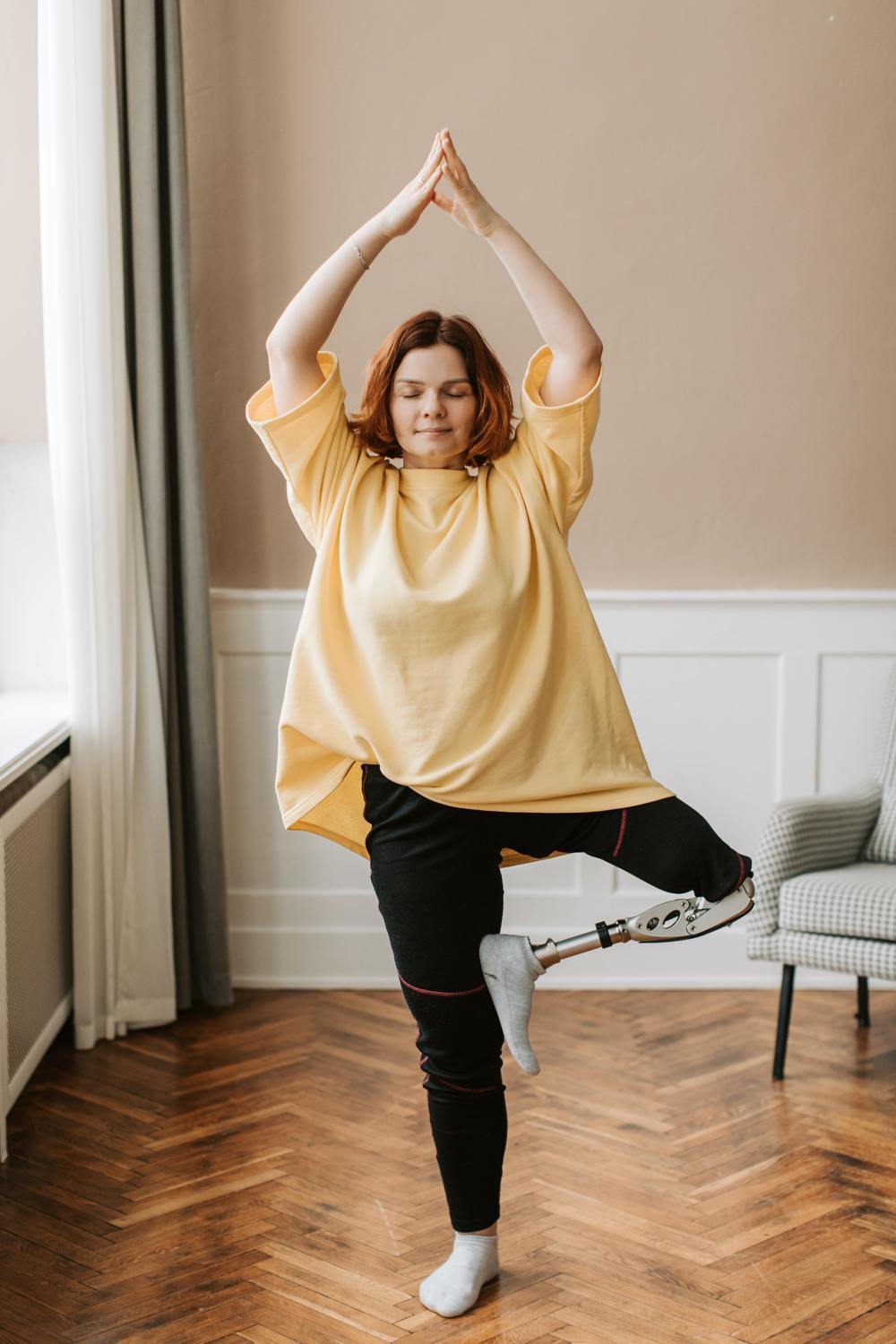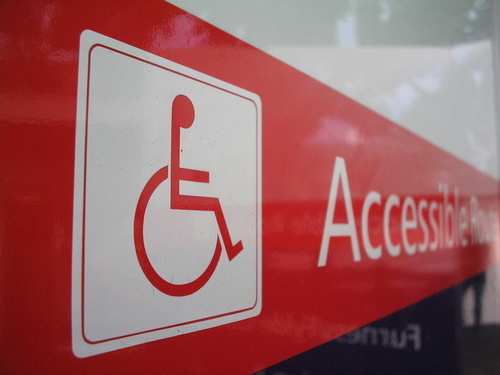Yoga and Human Rights Share Common Goals
Contradicting states of diversity and unity are at the core of both human rights and yoga. Yoga enthusiasts practice self-awareness by honest assessment and self-connection. Although many may not combine human rights and yoga tops aim’n in the same conversation, yoga shares the same principles with human rights. For it is only through self-awareness that society may eradicate discrimination.
For example, those with disabilities may turn to yoga tops aim’n to focus on exercise while taking steps toward equality. This group is comprised of more than 1 billion. Freedoms enjoyed by most of the world should and must apply to disabled persons to enhance their lives and dignity, according to the United Nations.
In the Yoga practice, breathing, ethical living, and meditation help an individual to open paths to experience peace, which is a feeling all humans desire. At Yoga’s core teaching, all are equal in spirit. Yoga and human rights share the same mission to find unity in the spectrum of our differences.
Disability Rights
Even though great strides have undoubtedly been made, there are still numerous barriers that disabled people have to contend with. Therefore, the disability rights movement is focused on securing equal opportunities for those with severe limitations.
Accessibility is a significant issue for these types of organisations. So too is the right to have independent lives. There has been a push for disability ID cards to help people receive a better service from businesses. This is due to the fact that a lot of firms are solely focused on able-bodied customers.
In the past, there were far fewer job opportunities for the disabled. This is beginning to change thanks to the advocacy of employment equity. Many countries have started to realise that infrastructure and transportation need to be improved in order to ensure the safety of disabled people.
The fight for disability rights is surprisingly complex. These people can be marginalised by their communities in a wide range of different ways. Some believe the key is adjusting existing systems so that the disabled can be integrated into them. Others argue that there needs to be much more radical societal changes.
The Death Penalty
One of the critical aspects of human rights activism is abolishing the death penalty. Capital punishment is the state-sanctioned killing of citizens who have been convicted of serious offences. The most common ones tend to be murder and treason. Throughout much of human history, the death penalty was an accepted practice. However, in recent decades there has been a big push towards enforcing more humane punishment methods.
Throughout the world, a number of nations still have the death penalty for certain crimes. This includes the US, China, Saudi Arabia, Japan, Egypt and Iran. Currently, over fifty separate countries utilise capital punishment as a deterrent. However, 108 other states have decided to altogether abolish it. More than half of the entire population of the world lives in places where the death penalty is enforced.
It is a highly controversial topic and the core reason why many people choose to become human rights activists. The views of capital punishment will vary greatly depending on each individual culture and ideology of a region. The Council of Europe is one of the leading organisations seeking to end it. In recent years the United Nations has also called for an international moratorium on executions.



